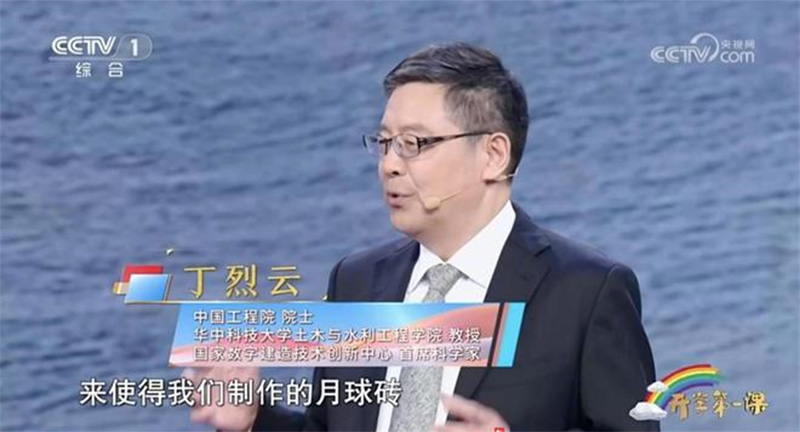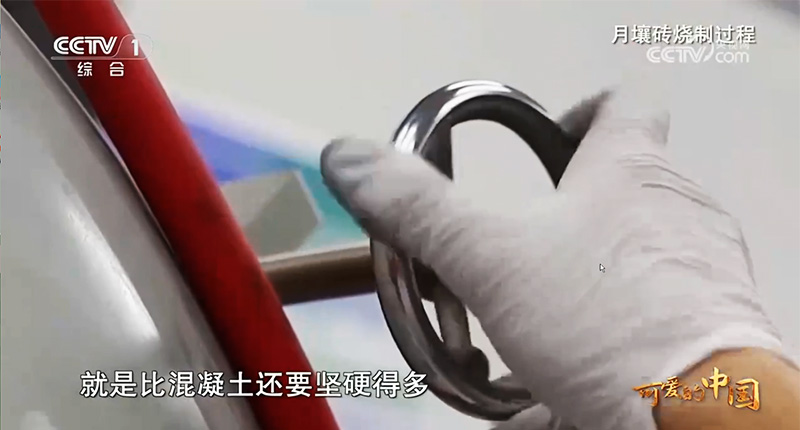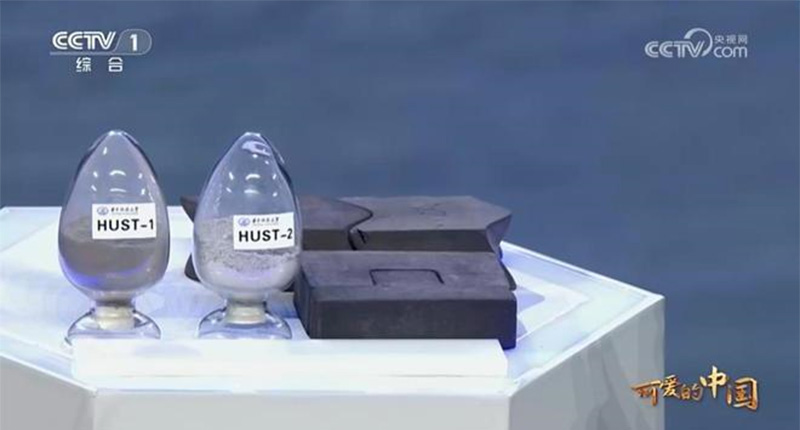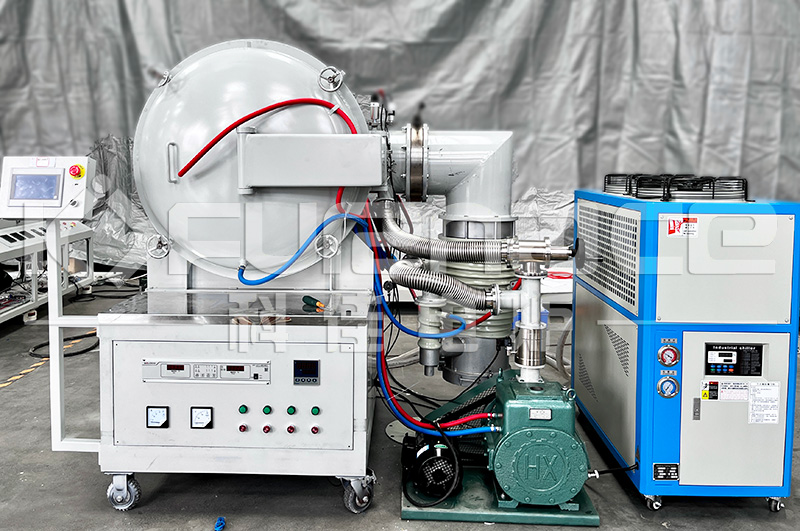Currently, China is comprehensively advancing the fourth phase of the lunar exploration project, which includes the Chang'e-6, Chang'e-7, and Chang'e-8 missions. The main goal is to build a basic model of a lunar research station, carry out lunar environmental exploration and resource utilization experiments for verification. The implementation of these tasks will further promote the development of China's aerospace technology and deepen human understanding of the moon. On June 25th of this year, the Chang'e-6 mission was successfully completed, achieving the world's first lunar back sampling return. In the future, a basic research station will be built at the South Pole of the Moon.

Since 2015, Huazhong University of Science and Technology has taken the lead in related research work in China, entering the forefront of exploration together
A professor from the National Digital Construction Technology Innovation Center and Huazhong University of Science and Technology stated that the materials used to build research stations on the moon are currently a difficult problem that needs to be solved. The less materials used, the better, so that its weight is relatively light, and its strength needs to be further improved. The relevant results have just been published in a top international journal, which has helped us find a good configuration that can adapt to the extreme environment on the lunar surface for some research work.

Academician Ding Lieyun from Huazhong University of Science and Technology explains the manufacturing of lunar bricks in the first lesson of the semester
Where did the 'Moon Soil Brick' come from? How to burn it?
To build a house on the moon, an important step is to first have materials. And the moon is lunar soil. How can lunar soil be sintered into bricks? In the laboratory, we see some researchers testing how to sinter it into lunar soil bricks.
School of Civil and Hydraulic Engineering, Huazhong University of Science and Technology: We mainly use a vacuum sintering method to sinter simulated lunar soil into shape. The graphite mold we use has a cavity with a diameter of 18 millimeters inside. We first fill the simulated lunar soil powder inside and compact it with a graphite indenter. After compaction, we assemble it as a whole; Then, together with the graphite mold, it is placed inside a vacuum sintering furnace for sintering. The vacuum degree of this sintering furnace can reach 10 ^ -2 Pa, and it mainly uses silicon molybdenum heating rods to generate heat when powered on. We will simulate lunar soil and graphite placed inside the furnace, and the heat can be used to heat the materials through thermal radiation after vacuuming.

Using Kejia vacuum sintering furnace to burn materials to over 100 megapascals

Simulating the lunar environment using a vacuum furnace on Earth, the hardness of the fired lunar soil bricks is much higher than that of concrete
Simulating the vacuum environment of the moon on Earth for sintering testing is a key technological exploration. By using specific equipment and techniques, conditions close to the vacuum state of the moon are created, and materials used for construction, such as lunar sphere bricks, are fired in this environment.
The key lies in precise control of environmental parameters, including air pressure, temperature, etc. During the approximately 24-hour firing process, the temperature change curve needs to be carefully designed based on the material properties and the actual environmental requirements of the moon to ensure that the fired lunar bricks have the required physical and chemical properties.

Using vacuum sintering and 3D printing technology to produce lunar soil bricks with mortise and tenon joints
The Importance of Simulating Vacuum Sintering Technology
Adapting to the needs of lunar construction: There is a lack of conventional building materials and suitable construction environments on the moon. Utilizing local resources such as lunar soil to produce lunar bricks is an important way to achieve lunar base construction. This vacuum sintering technology can provide reliable building material solutions for large-scale infrastructure construction on the moon in the future.
Reducing transportation costs: Transporting a large amount of building materials from Earth to the Moon is extremely expensive and impractical. By using locally sourced materials and mastering vacuum sintering technology, the dependence on Earth's resources can be greatly reduced, and the cost and difficulty of lunar construction can be lowered.
Promoting scientific research: Studying the vacuum sintering process not only helps to understand the physical and chemical changes of materials in extreme environments, but also provides reference and inspiration for space exploration and resource utilization in other fields.

The vacuum sintering furnace used in the experiment can be viewed in detail by clicking on the above image
